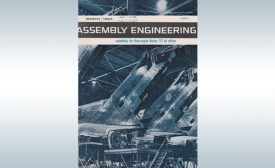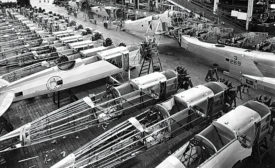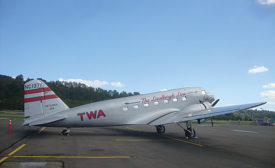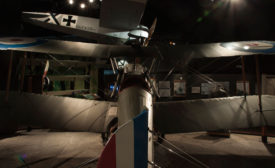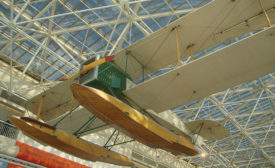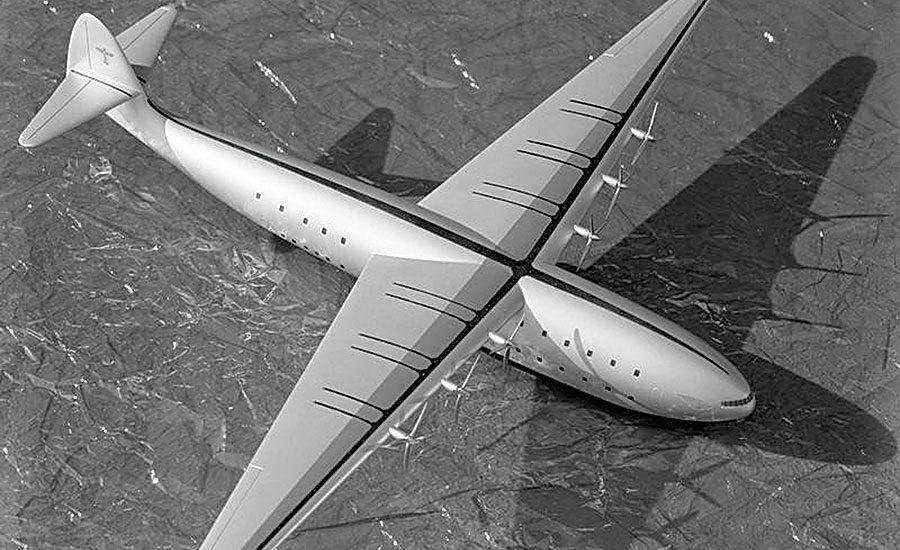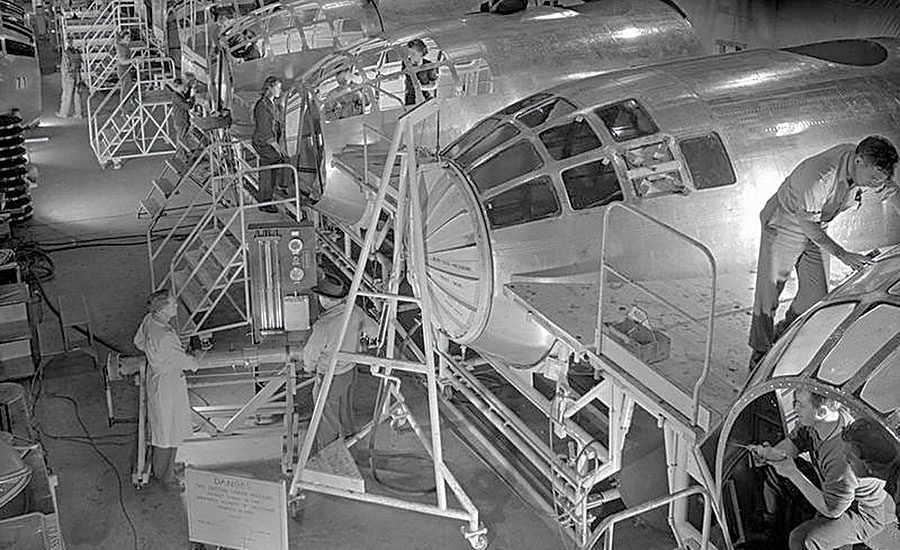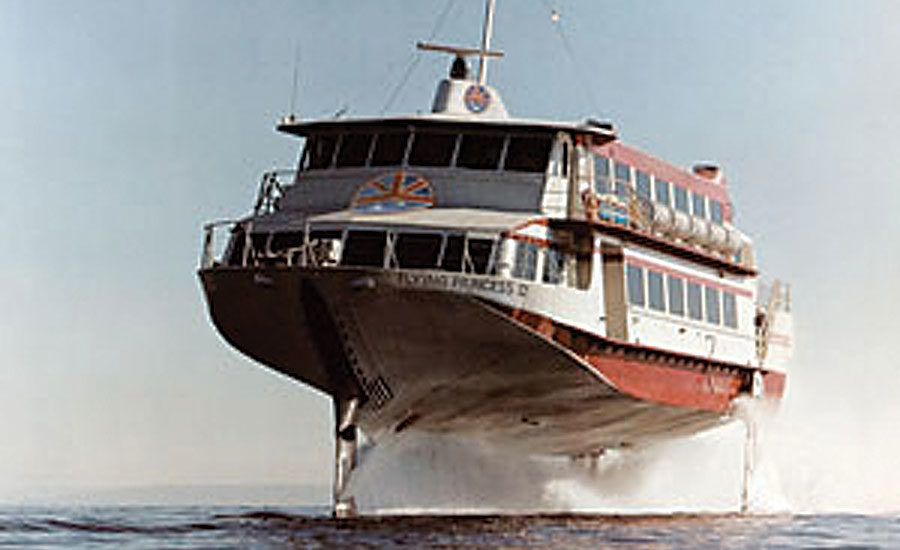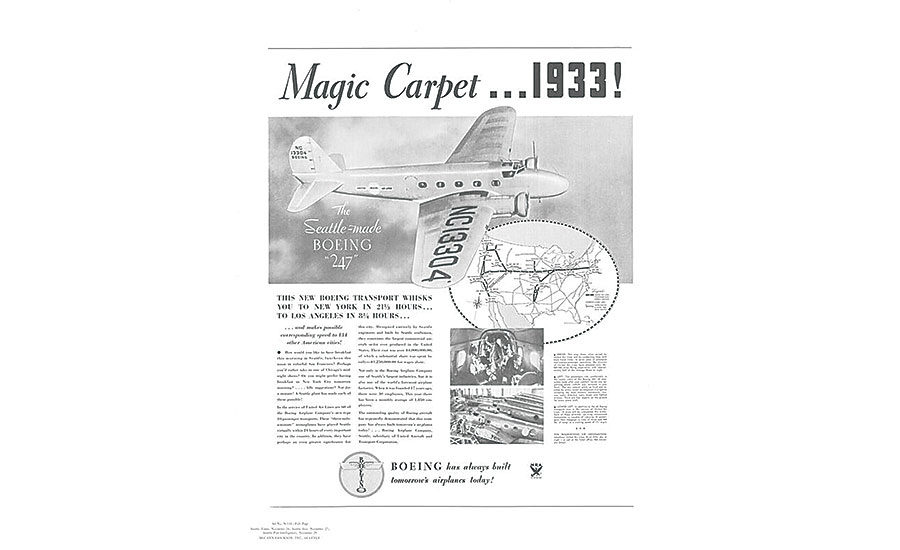Home » Keywords: » Boeing centennial
Items Tagged with 'Boeing centennial'
ARTICLES
IMAGE GALLERIES
Early Advertising Sold the Glamour and Safety of Aviation
Back in the days when most people still traveled by ocean liner or train, the public had to be convinced that air travel was safe, enjoyable and glamorous. For decades, Boeing and Douglas promoted products such as the Stratocruiser, DC-6 and 707 with ads in various business, consumer and travel magazines.
Never miss the latest news and trends driving the manufacturing industry
Stay in the know on the latest assembly trends.
JOIN TODAY!Copyright ©2024. All Rights Reserved BNP Media.
Design, CMS, Hosting & Web Development :: ePublishing


